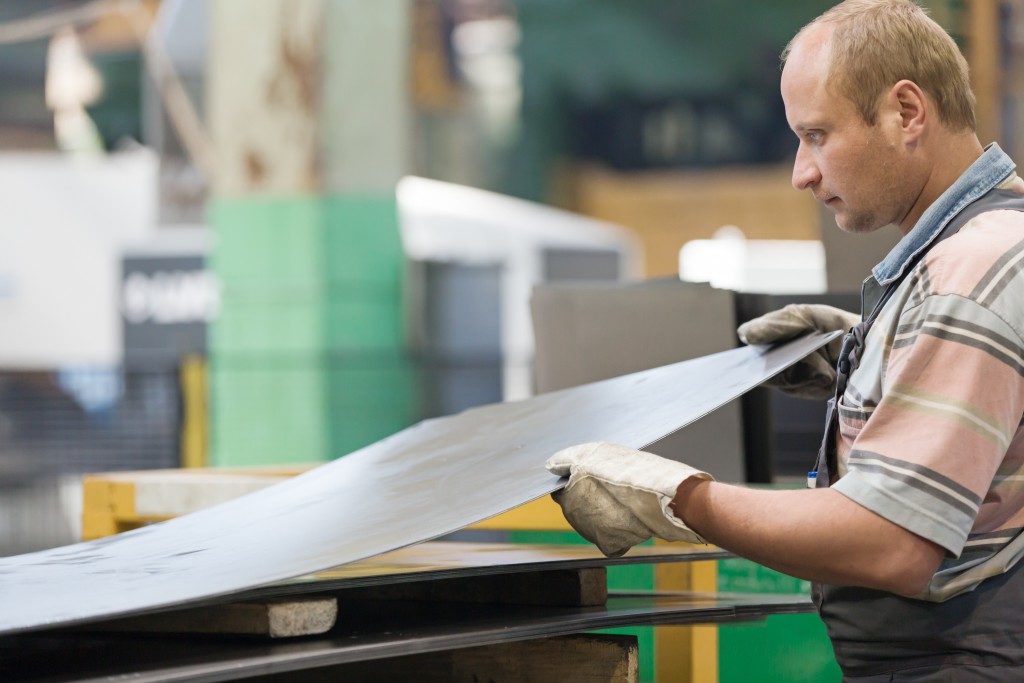Australia is looking for welders. First-class welding jobs are now part of the Medium and Long-Term Strategic Skills List (MLTSSL). Industry reports also suggested that over 35% of Aussie employers struggle with filling job vacancies. Meanwhile, the employment growth rate in the industry can grow to 7.2% within five years.
For those wanting to change their careers or start a business, welding can be one of the lucrative options out there. The question is, how does one become a welder in Australia?
1. Be Prepared Financially
Whether interested parties want to work or set up a welding business, such a decision will always incur costs. People who plan to become welders need to complete training. One of these is Certificate III in Engineering that specializes in fabrication trade. The training, which runs for around 42 months, can be costly. MySkills estimates it to be about $16,800.
Potential business owners can avoid that, but they need to hire individuals who completed such training and obtained licenses and other credentials. They also need to invest in supplies, such as pipe working tools. They also have to consider the cost of raw materials. Australia still imports many metals, and these are not immune to fluctuations in price in the market.
To fund these, interested individuals can explore different options:
- Bootstrapping, which means financing it using their savings or growing the business as money comes
- Small business loans from banks and other lenders
- Co-partnerships or joint ventures
2. Get the Right Permits and Licences
Australia has many business permits, and certifications entrepreneurs need to secure before they can operate. For those who want to do welding work, they need to have:
- Building approval certificate
- Building permit
- Development approval
- Workers’ compensation insurance
Licenses can also vary whether the business wants to work as a contractor, a supervisor, or both. A wrong application can result in delay or, worse, cancellation of the enterprise. Fortunately, many states make it easier to determine and file the necessary permits or requirements. Western Australia, for example, has a Business Licence Finder.
These permits need not only money but also time. It can take some of them two or more weeks to complete. Consider this when planning when to launch the business.
3. Choose a Specialisation
One of the advantages of metal fabrication is its versatility. It allows both businesses and skilled workers to enter into different industries. Usually, metal fabricators are in demand in the construction sector. Civil infrastructure, for one, will foresee growth in 2020 and the coming years. Based on the data by Master Builders Data, it can increase by around 12% since 2018–2019.
However, welders can also find their spot in:
- Shipyard
- Manufacturing
- Maintenance and repair of equipment
- Boiler making
- Military
- Underwater
- Structural steel
4. Follow Standards and Codes of Practice

The working standards for welding processes are different from the codes of practice, but they have related objectives. First, they want to establish professionalism, discipline, and quality in the workplace. Second, they safeguard the health and well-being of the employees.
These standards and codes of practice can vary between states. To know what they are, interested parties can approach their local council and associations. For more information on these codes, they can also ask Safe Work Australia. There’s a long road ahead for those who want to practice metal fabrication or welding in Australia. Hard work usually pays off, though, and the rewards can be worth the effort.

